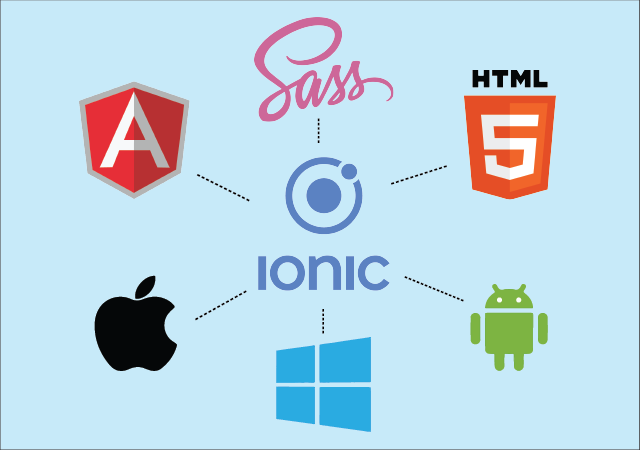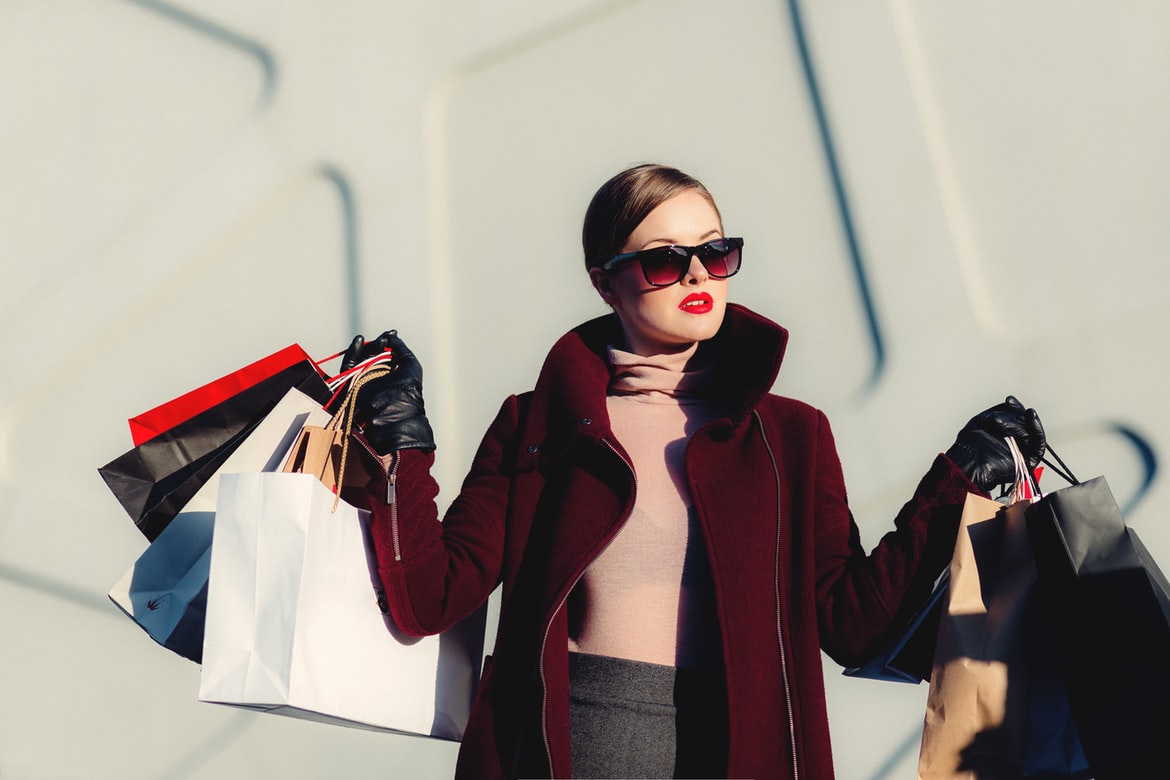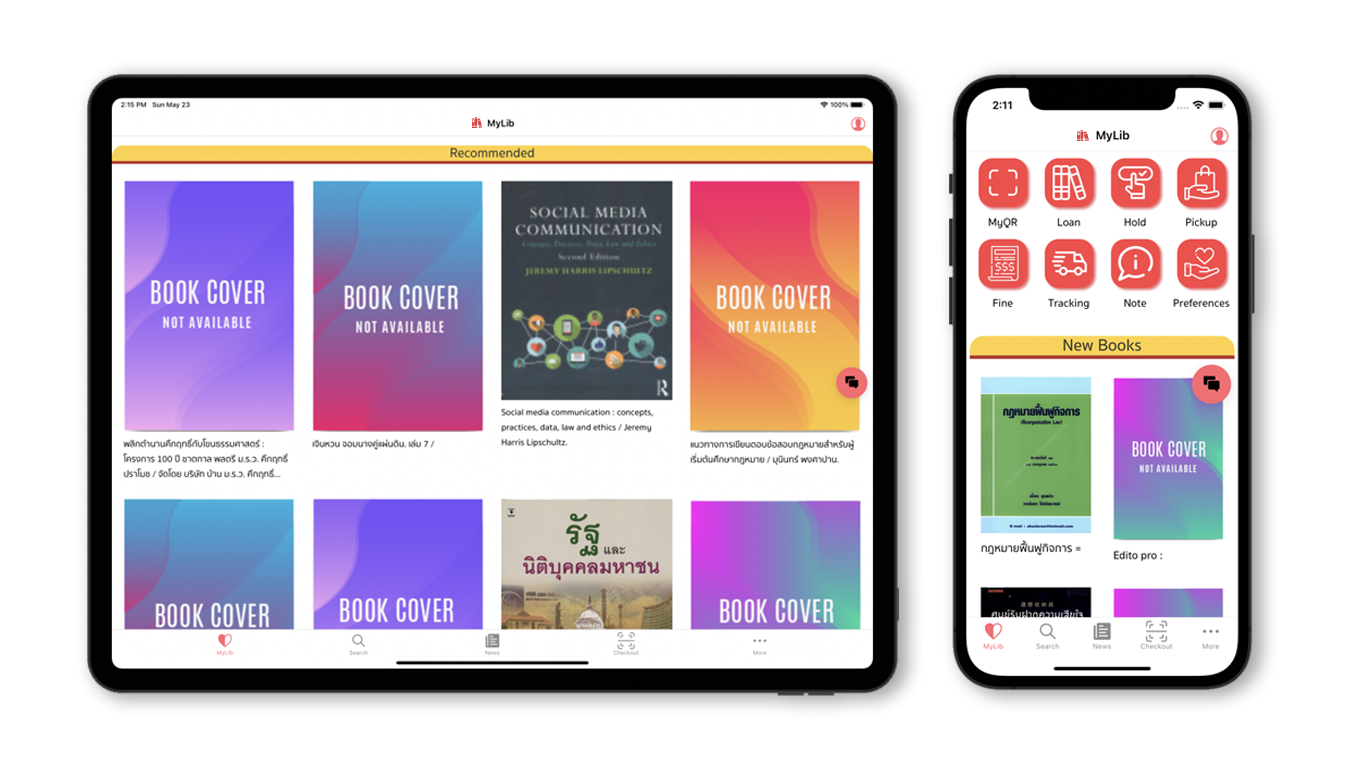High-Performance API Development for Durian Farming in Chanthaburi, Thailand: Choosing the Right Python Framework with MongoDB
Durian farming, particularly in Chanthaburi, Thailand, has seen rapid technological adoption to optimize yield and quality. By leveraging IoT sensors, real-time data analysis, and image processing, modern farms can now provide data-driven insights to enhance fruit quality and optimize harvest schedules.
A high-performance API powered by MongoDB can play a critical role in this ecosystem, efficiently handling environmental data, fruit feature tracking, and image analysis. In this article, we explore how MongoDB serves as a powerful database for these tasks and compare leading Python API frameworks—FastAPI, Django REST Framework (DRF), Sanic, Flask, Tornado, and AIOHTTP—to help choose the best fit.
Why MongoDB for Durian Farming?
MongoDB is a document-oriented, NoSQL database that offers schema flexibility and horizontal scaling, making it highly suitable for applications where data structures can evolve rapidly. For durian farming, MongoDB's strengths align well with the diverse and growing data requirements:
- Time-Series Data Handling: With MongoDB’s Time-Series Collections, storing and querying large amounts of sensor data becomes efficient, crucial for real-time environmental monitoring.
- Flexible Document Storage: MongoDB’s JSON-like BSON format allows storing complex, nested data, such as fruit attributes and ripeness levels, which are essential for managing fruit growth and tracking quality.
- Scalable Architecture: MongoDB’s horizontal scaling capability through sharding allows for handling increasing data volumes as farms expand their IoT systems.
- Compatibility with Real-Time and Async Applications: MongoDB’s integration with asynchronous drivers (e.g.,
Motorfor Python) enables high-concurrency applications, allowing farmers to respond to real-time data streams with minimal latency.
With MongoDB handling these core requirements, let’s review Python frameworks that can complement MongoDB’s features, comparing their suitability for building high-performance APIs for durian farming.
Comparing Python API Frameworks for MongoDB Integration
To implement an efficient, scalable API for Chanthaburi’s durian farming, we need to consider the capabilities of each framework, focusing on speed, async support, and ease of MongoDB integration.
1. FastAPI
- Overview: FastAPI is an asynchronous framework optimized for speed and ease of use, designed for rapid API development with high concurrency.
- MongoDB Integration: FastAPI integrates smoothly with MongoDB via the
Motorasynchronous driver orBeanie, an asynchronous ORM that supports Pydantic models. - Key Features:
- Native async support, making it ideal for real-time data processing.
- Automatic OpenAPI and JSON Schema generation for easy documentation.
- Built-in dependency injection and data validation with Pydantic.
- Pros: Exceptional speed; ideal for high-throughput, real-time applications.
- Cons: Requires knowledge of async programming.
Best For: Microservices, real-time data processing for environmental monitoring, and high-throughput APIs to manage MongoDB-stored sensor data.
2. Django + Django REST Framework (DRF)
- Overview: Django, paired with Django REST Framework (DRF), is a full-stack web framework with extensive tools for building robust, feature-rich APIs.
- MongoDB Integration: MongoDB integration is possible via
Djongo(allowing Django’s ORM to work with MongoDB) or using MongoDB as a secondary database for data-heavy tasks. - Key Features:
- Rich ecosystem with built-in authentication, ORM, and admin support.
- DRF provides serializers and viewsets for rapid API development.
- Pros: Comprehensive feature set, suitable for APIs with complex business logic.
- Cons: Limited async support (some available in Django 3.1+); can be slower without optimizations.
Best For: Complex, relational data APIs that may need admin interface and structured data handling, ideal for managing metadata and insights for durian farm management.
3. Sanic
- Overview: Sanic is an asynchronous, high-performance framework designed for speed and efficiency.
- MongoDB Integration: Sanic pairs well with MongoDB using the
Motordriver for async MongoDB operations. - Key Features:
- Fully async with support for HTTP/2 and WebSockets, allowing real-time data processing.
- Minimalistic, enabling rapid development for high-concurrency applications.
- Pros: Excellent performance for real-time applications and high-concurrency requirements.
- Cons: Smaller ecosystem, fewer built-in tools compared to Django or Flask.
Best For: Real-time applications, I/O-bound workloads, streaming data from durian farms, such as WebSocket connections for live sensor data.
4. Flask + Flask-RESTful / Flask-RESTPlus
- Overview: Flask is a lightweight, modular framework that allows developers to add only the required components, keeping things simple.
- MongoDB Integration: MongoDB can be integrated using the
PyMongolibrary orFlask-Motorfor async operations. - Key Features:
- Modular approach allows for high customizability.
- Strong ecosystem of plugins, like Flask-RESTful for API-specific functionality.
- Pros: Flexible and easy to learn; ideal for smaller projects needing MongoDB’s schema-less flexibility.
- Cons: Limited async support compared to FastAPI or Sanic; requires manual setup for many features.
Best For: Small to medium APIs, quick prototyping, or custom microservices for the durian farm’s more specific tasks.
5. Tornado
- Overview: Tornado is an asynchronous framework known for handling thousands of concurrent requests, designed for long-lived connections.
- MongoDB Integration: Tornado works well with
Motor, an async driver for MongoDB. - Key Features:
- Non-blocking, single-threaded model suitable for high-concurrency applications.
- Native WebSocket support, ideal for real-time updates.
- Pros: High performance, excellent WebSocket support.
- Cons: Smaller community, limited for RESTful APIs compared to modern frameworks like FastAPI.
Best For: Real-time data applications requiring WebSocket support for continuous updates, such as real-time pest detection alerts.
6. AIOHTTP
- Overview: AIOHTTP is a simple asynchronous HTTP framework based on asyncio, ideal for high-concurrency applications.
- MongoDB Integration: Easily integrates with MongoDB through
Motor, aligning well with AIOHTTP’s async capabilities. - Key Features:
- Full async support for efficient I/O-bound applications.
- Lightweight with HTTP client capabilities, keeping dependencies low.
- Pros: Efficient for microservices and streaming APIs.
- Cons: Limited built-in tools for complex API features, requiring additional setup.
Best For: Lightweight, async-first microservices for tasks like durian image analysis processing, where MongoDB stores the results for retrieval.
Practical Application: High-Performance API for Durian Farming in Chanthaburi
By implementing a MongoDB-backed API, durian farms in Chanthaburi can achieve real-time insights, optimized quality management, and efficient harvest schedules. Here’s how MongoDB and a high-performance API can meet specific needs:
- IoT Data for Environmental Monitoring:
MongoDB’s Time-Series Collections efficiently store sensor data for temperature, humidity, soil moisture, and sunlight. An API built with FastAPI or Sanic allows real-time ingestion and querying, sending alerts when environmental thresholds are breached.
- Durian Fruit Feature Tracking:
MongoDB’s schema flexibility makes it easy to store fruit attributes such as color, size, ripeness level, and pest detection data. These attributes can be queried through a Django + DRF API, making it easy for farm managers to view data on each fruit, plan harvests, and monitor fruit quality over time.
- Image Processing for Pest and Ripeness Detection:
Integrating MongoDB with an image analysis pipeline enables the API to store data points like color, texture, and pest presence. An API developed with Sanic or Tornado can provide WebSocket support for streaming alerts, ensuring that farm managers receive real-time notifications for fruit ripeness or pest infestations.
Summary Comparison
| Framework | Async Support | MongoDB Integration | Ideal Use Cases | Limitations |
|---|---|---|---|---|
| FastAPI | Yes | Motor, Beanie | Real-time APIs, IoT monitoring | Async learning curve |
| Django + DRF | Limited | Djongo, Hybrid | Complex APIs, admin interfaces | Limited async support |
| Sanic | Yes | Motor | Real-time processing, WebSockets | Smaller ecosystem, limited tools |
| Flask + RESTful | Limited | PyMongo, Flask-Motor | Small APIs, custom microservices | Manual setup, limited async support |
| Tornado | Yes | Motor | Long-lived connections, WebSockets | Smaller ecosystem, not REST API-focused |
| AIOHTTP | Yes | Motor | Lightweight microservices | Limited tools for complex APIs |
Conclusion
For high-performance API development tailored to durian farming in Chanthaburi, Thailand, MongoDB provides a flexible, scalable foundation to handle IoT data, fruit feature tracking, and image processing. By choosing the right API framework based on concurrency needs,
complexity, and ecosystem, you can create an optimized API to serve the farm's unique data-driven needs. FastAPI or Sanic offer speed and async capabilities for real-time tasks, while Django + DRF provides robustness for complex workflows. MongoDB and these Python frameworks together empower farms to monitor, manage, and improve the quality of their produce with data-backed decisions.
Get in Touch with us
Related Posts
- RPA + AI: 为什么没有“智能”的自动化一定失败, 而没有“治理”的智能同样不可落地
- RPA + AI: Why Automation Fails Without Intelligence — and Intelligence Fails Without Control
- Simulating Border Conflict and Proxy War
- 先解决“检索与访问”问题 重塑高校图书馆战略价值的最快路径
- Fix Discovery & Access First: The Fastest Way to Restore the University Library’s Strategic Value
- 我们正在开发一个连接工厂与再生资源企业的废料交易平台
- We’re Building a Better Way for Factories and Recyclers to Trade Scrap
- 如何使用 Python 开发 MES(制造执行系统) —— 面向中国制造企业的实用指南
- How to Develop a Manufacturing Execution System (MES) with Python
- MES、ERP 与 SCADA 的区别与边界 —— 制造业系统角色与连接关系详解
- MES vs ERP vs SCADA: Roles and Boundaries Explained
- 为什么学习软件开发如此“痛苦” ——以及真正有效的解决方法
- Why Learning Software Development Feels So Painful — and How to Fix It
- 企业最终会选择哪种 AI:GPT 风格,还是 Gemini 风格?
- What Enterprises Will Choose: GPT-Style AI or Gemini-Style AI?
- GPT-5.2 在哪些真实业务场景中明显优于 GPT-5.1
- Top Real-World Use Cases Where GPT-5.2 Shines Over GPT-5.1
- ChatGPT 5.2 与 5.1 的区别 —— 用通俗类比来理解
- ChatGPT 5.2 vs 5.1 — Explained with Simple Analogies
- 为什么成长型企业 最终会“用不下去”通用软件 —— 成功企业是如何应对的














